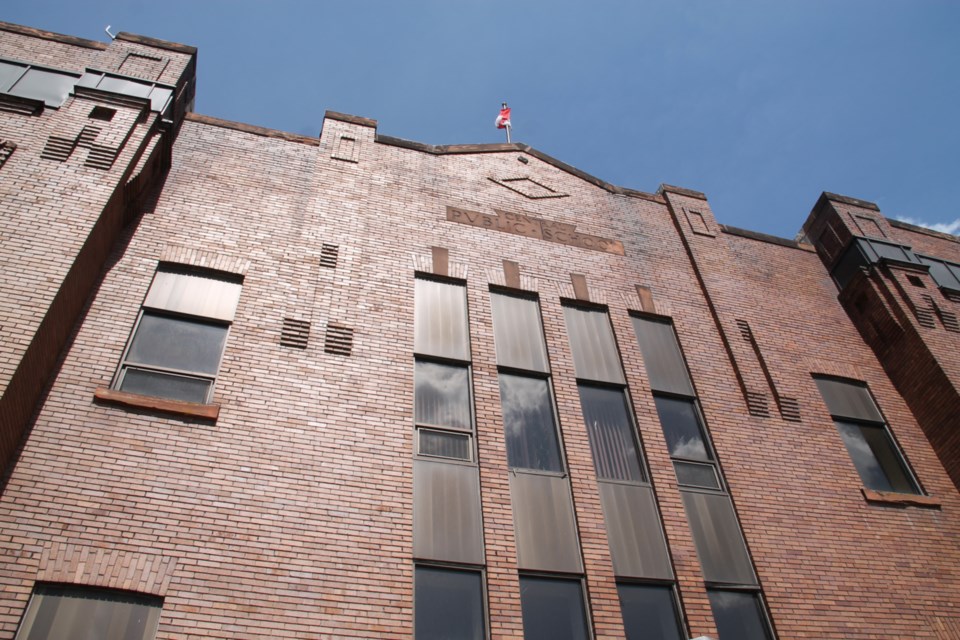“It is definitely an interesting budget year. ‘Unprecedented’ is a common word.”
That from Joe Santa Maria, Algoma District School Board (ADSB) superintendent of business, just before the board approved its first-ever COVID-19 era budget in a marathon virtual meeting held Monday.
The board’s 2020-2021 budget of $164,827,245, Santa Maria said, contains commitments to special education and mental health for students, and especially the need for technology as online learning grows during these COVID-19 days.
“We’ll have approximately 1,500 new devices, come September, in the system on top of an already positive ratio of computers to students and devices to students,” Santa Maria said.
“We’re proud 500 of those devices will be one to one, attached to students with learning disabilities.”
The budget, Santa Maria said, contains money for;
- A student information system upgrade, library upgrades and disaster recovery improvement
- Capital projects, making sure schools are in good condition for September
- Professional development needs for teachers and staff
- $22 million for special education
A “small draw” of $700,000 was made from the board’s reserves to balance the budget, though Santa Maria said the board may not have to tap into that if positive enrolment trends continue.
Santa Maria said the board will continue to ensure the board’s stock of PPE for students and staff will be kept up.
“We will continue to monitor those expenditures.”
“We ended up getting the Grants For Student Needs (GSNs), released by the Ministry Friday the 19th (of June)...it was a quick budget,” Santa Maria said.
The superintendent of business said the budget is a conservative one, with flexibility to allow for extra need for PPE and cleaning staff in schools during the COVID pandemic.
“There’s another pocket of money the Ministry has not yet allocated, and it’s coming soon, out to school boards and that is specifically in the area of cleaning, that we’re waiting for more information on.”
Because of the COVID-created uncertainty as to how school will look like in September, Santa Maria said, “it’s always a very busy summer but I think this one’s going to be an exception where there are going to be a number of different plans developed and they will change and we’ll be ready to change on the fly.”
As to which of three possible scenarios the ADSB will take in regard to back to school in September, Lucia Reece, the board’s director of education, said “we have teams working on what that could look like.”
“Once we feel we have something to share with parents we will be reaching out to those families with a brief survey to get a sense of what parents thinking is at this point in time, and also to check in on transportation as well, to see whether they would be willing to send their kids on school buses.”
Reece said the Ministry has suggested Aug. 4 as the date it’s aiming for to help school boards determine which mode they will be opening in, keeping an eye on COVID numbers provincially, nationally and worldwide.
“We will be reaching out to families probably in mid-July in terms of sharing lots of information with them about what those scenarios can look like and then getting some feedback from them on their thinking and comfort level with each of those scenarios, as well as how we might need to start thinking about transportation,” Reece said.
School boards have been asked by the province to plan for the beginning of the 2020-2021 school year in September by deciding on three scenarios, consisting of;
- Normal school day routine with enhanced public health protocols - Students going to school every day, in classes that reflect standard class size regulations.
- Modified school day routine - Based on public health advice, an adapted delivery model has been designed to allow for physical distancing and cohorts of students. Under this model, school boards are asked to maintain a limit of 15 students in a typical classroom at one time and adopt timetabling that would allow for students to remain in contact only with their classmates and a single teacher for as much of the school day as possible. This model would require alternate day or alternate week delivery to a segment of the class at one time.
- At home learning - Should the school closure be extended, or some parents choose not to send their child back to school, school boards need to be prepared to offer remote education. Remote education should be delivered online to the greatest extent possible, including the establishment of minimum expectations for students to have direct contact with their teacher at the same time on a regular basis, also known as synchronous learning. Synchronous learning can be used as part of whole-class instruction, in smaller groups of students, and/or in a one-on-one context.
